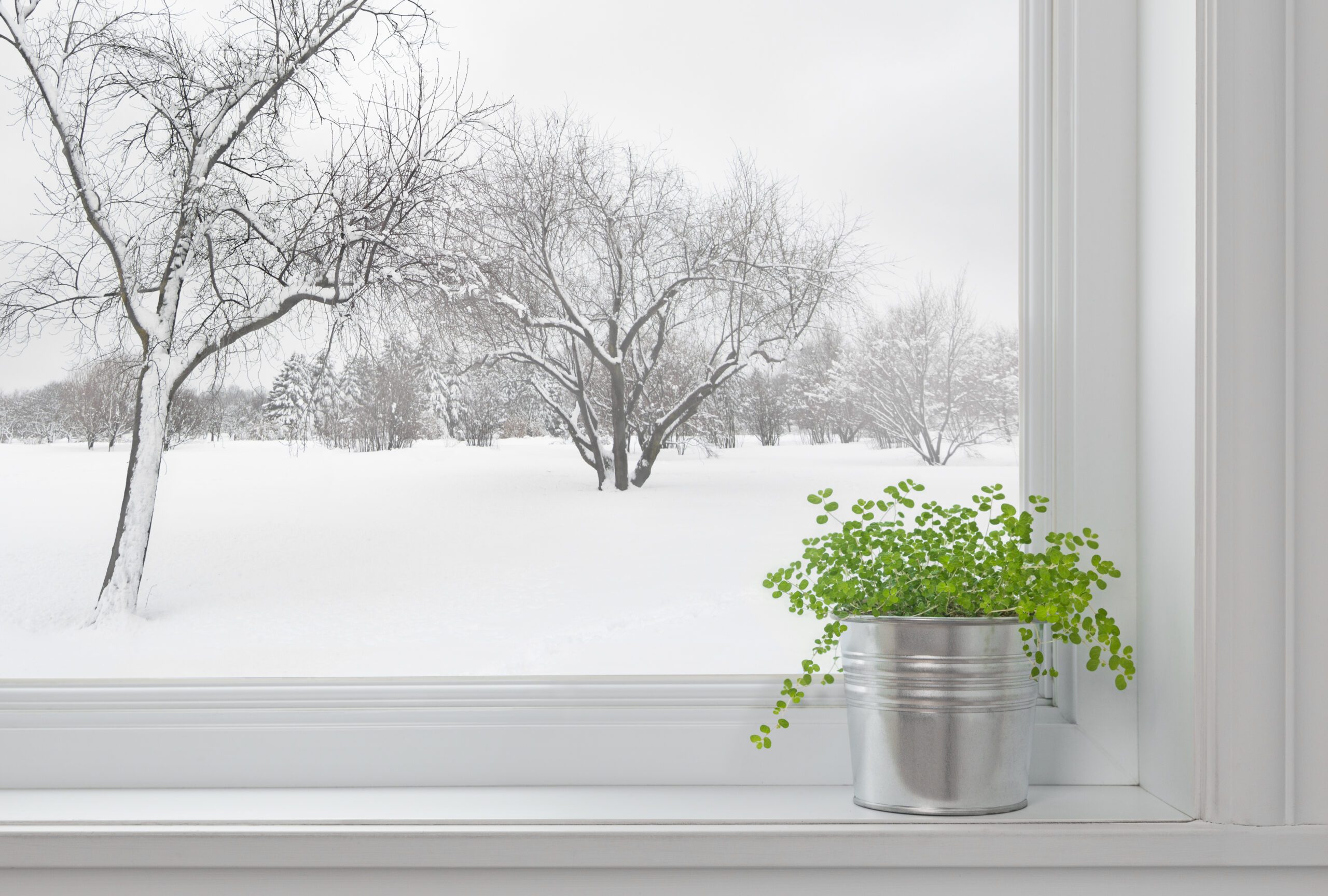Plants can be with you for decades, being an integral part of your household. In addition to decorating the interior, they can freshen the air in the room, as well as remove toxins from it. It is important that these valuable helpers stay safe during the move, especially when the plant is expensive, long-lived, or simply associated with positive memories. Let’s take a look at how you can protect your plants during a particularly difficult time for flora to move with https://www.flashmoving.net/packers-and-movers/: winter.
Keeping Your Plants Safe During Your Move
It is important to note that most carriers do not take responsibility for transporting houseplants on long journeys due to their delicate nature. YarGruz makes an exception for some trips of 250 kilometers or less, when the plants will be on the road for less than 24 hours. The first step is to determine if your plants will be traveling with you or in a van with the rest of your stuff.
With that in mind, you can begin preparing your plants for the safe journey to your new home.
If you follow these shipping tips carefully, your houseplants can travel up to three days before needing attention.
Before you move
Follow these steps to prepare your plants for relocation so they can tolerate environmental changes without wilting or breaking:
Three weeks before moving day. Transplant the plants from the clay pots into unbreakable plastic containers of the same size.
Two weeks before moving. Trim large plants by removing dead leaves, stems, and flowers with sharp scissors. Pruning will keep the plants compact for easy handling and transport. This process will also keep the plants healthy and attractive after you move in. Do not prune ferns and succulents (e.g. cacti, jade plants, aloe).
One week before moving day. Check plants for insects and parasites. If you use insecticides, be careful and follow label directions.
Two days before moving. Water your plants, being careful not to overwater. Too much water can cause plants to freeze in cold weather or promote fungal growth in warm weather.
moving day
Prepare by packing your plants the night before or the morning of your move. How to pack plants for shipping:
Wrap it up. Wrap large plants in old sheets or paper to keep branches from breaking.
Place each pot in the box so that it fits snugly at the bottom. You can use regular moving boxes.
Package. If necessary, seal the box around the base of the pot with crumpled paper to hold it in place. Punch air holes in the sides of the box and secure the lid lightly to allow the plants to breathe.
Label. Set the boxes upright and clearly mark the top and sides. This will help to avoid incorrect loading into the van.
Control. Keep the temperature in your car at a comfortable level. Cold and hot temperatures can harm your plants.
As soon as you move
Once you’re in your new home, it’s important to return the plants to the same state they were in your previous home:
Unpack. Unpack your plants as soon as possible. Remove plants through the bottom of the box to prevent breakage.
Place the plants back in their regular pots or new ones of the same size.
Stabilize. Refrain from moving plants until they have acclimated.
Moving plants in cold weather requires extra care, but don’t despair. Our tips will help you through this process, from start to finish. And your plants, just like you, will be ready to thrive in their new home.





